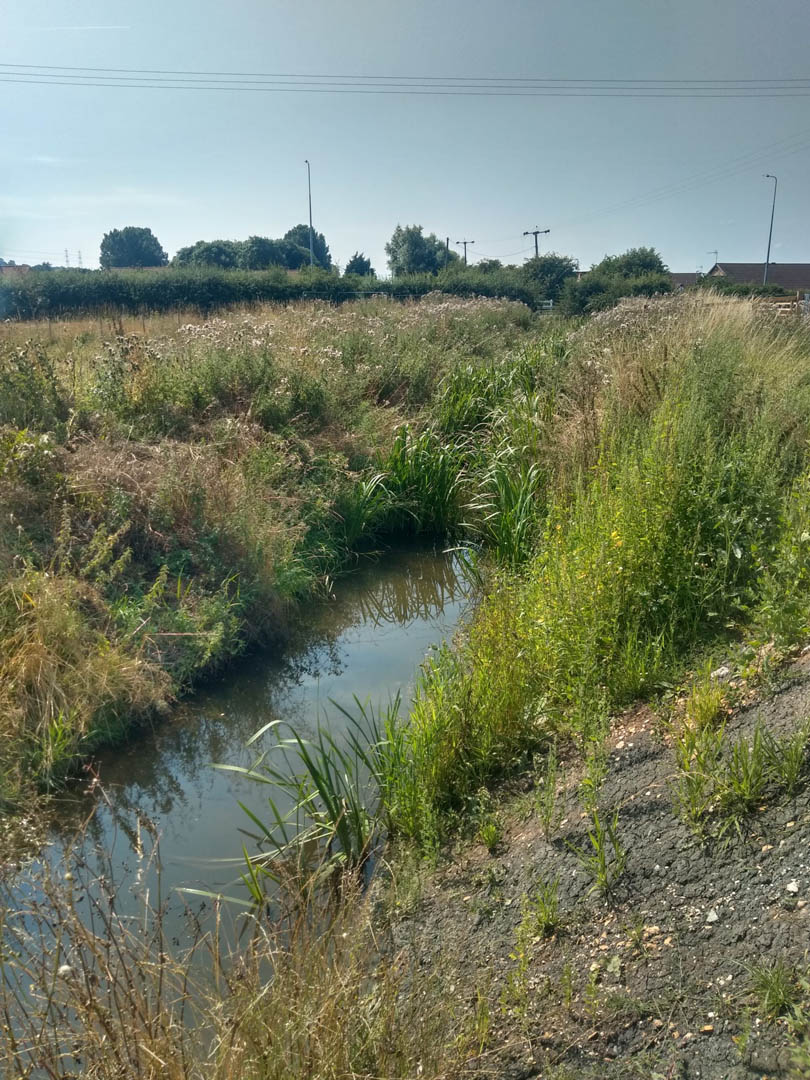In response to a tidal surge in December 2013, which resulted in £50m worth of flood damage, including 129 residential properties, the Environment Agency commissioned our strategic partner JBA Bentley at South Ferriby to protect a total of 150 residential properties – plus a large CEMEX cement factory – from future potential tidal flooding from the River Humber.
- Client Environment Agency
- Location South Ferriby, Humber Estuary
- Partner JBA Bentley
- Services
A collaborative, resilience-based flood risk management solution with sustainability at its heart
As a designated Special Protection Area (SPA), Ramsar and a Site of Special Scientific Interest (SSSI) the Humber Estuary is recognised as one of the most important estuaries in Europe for wildlife. The area around South Ferriby is particularly important for bird species including avocet, knot and shelduck. The wider surrounding landscape was also found to support a number of protected species including water vole, Daubenton’s bat, great crested newt and barn owl.
The key to the success of this project was the close collaborative working between the specialists at JBA Bentley, our Environmental team at JBA Consulting and Natural England which was vital to ensure construction was executed in such a way as to prevent any disturbance to the local natural environment, including protected species.
The River Ancholme flows through the centre of South Ferriby village. The historic South Ferriby Sluice Structure – a Scheduled Ancient Monument – bridges the gap and connects the village. To complete the scheme, our new flood defence structures had to interact directly with, and connect to the ancient sluice structure. Our Heritage team played a pivotal role in agreeing on what we could achieve at this location whilst ensuring we preserved the integrity of the monument.
Innovative carbon reduction
We designed and constructed 2.5km of flood embankments, 350m of flood walls and a 13m wide sliding floodgate across the A1077. Working with the local CEMEX plant we secured 240,000t of free issue material to build the flood banks, quarried less than two miles from the embankment, eliminating the need for import. This resulted in us being able to significantly reduce the scheme’s carbon footprint by 10,000t CO2e.

Award-winning environmental best practice
This project not only delivered in providing vital flood protection for residential and commercial properties, but it did so with minimal impact on the local environment. In addition, the project reinstated and created habitats including a new ditch specifically created for water vole use and a replacement barn owl nest box to mitigate the temporary closure of the existing one. To compensate for trees that were felled to facilitate construction, we committed to replanting three new trees for each removed, creating a community woodland.







